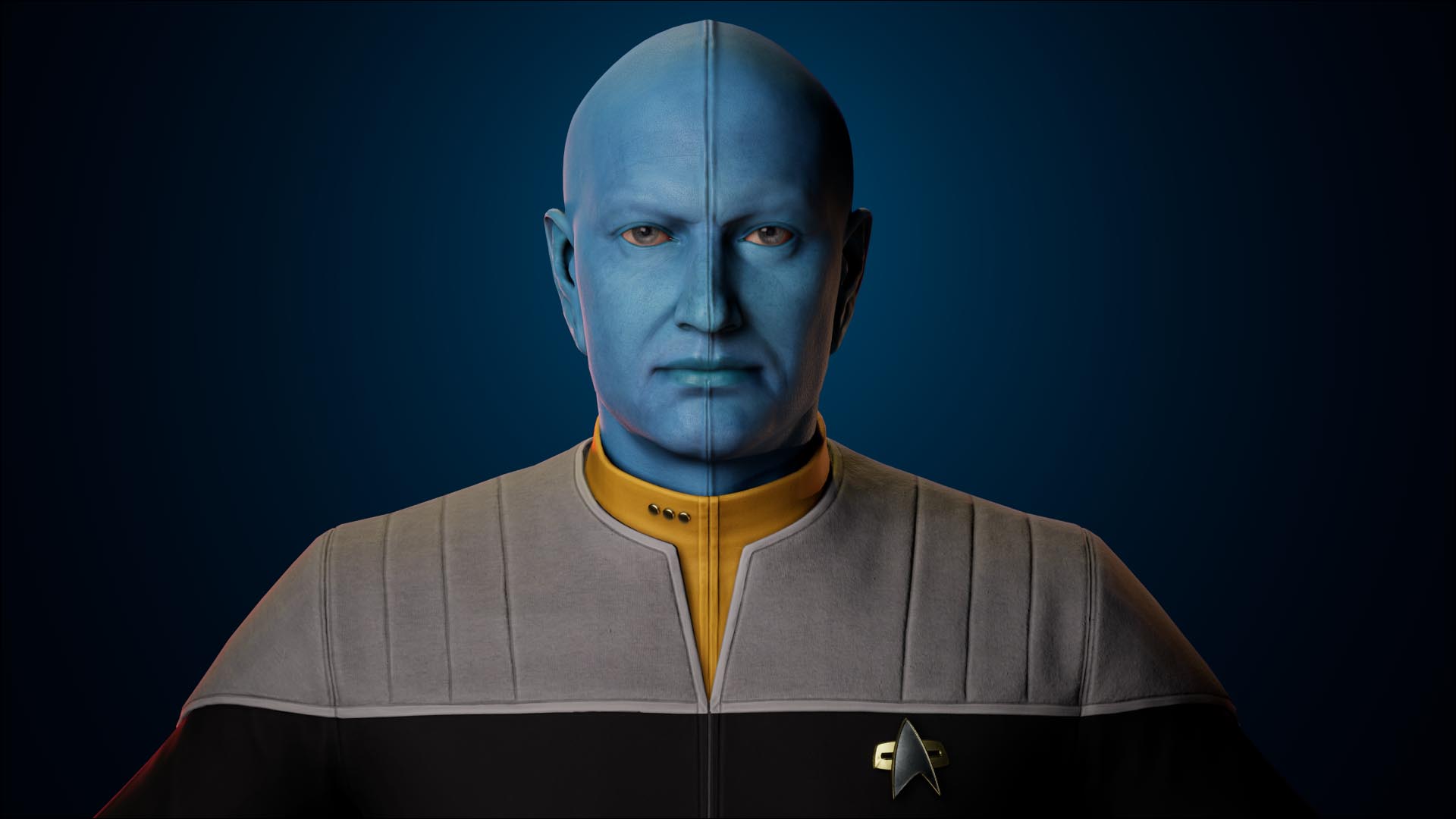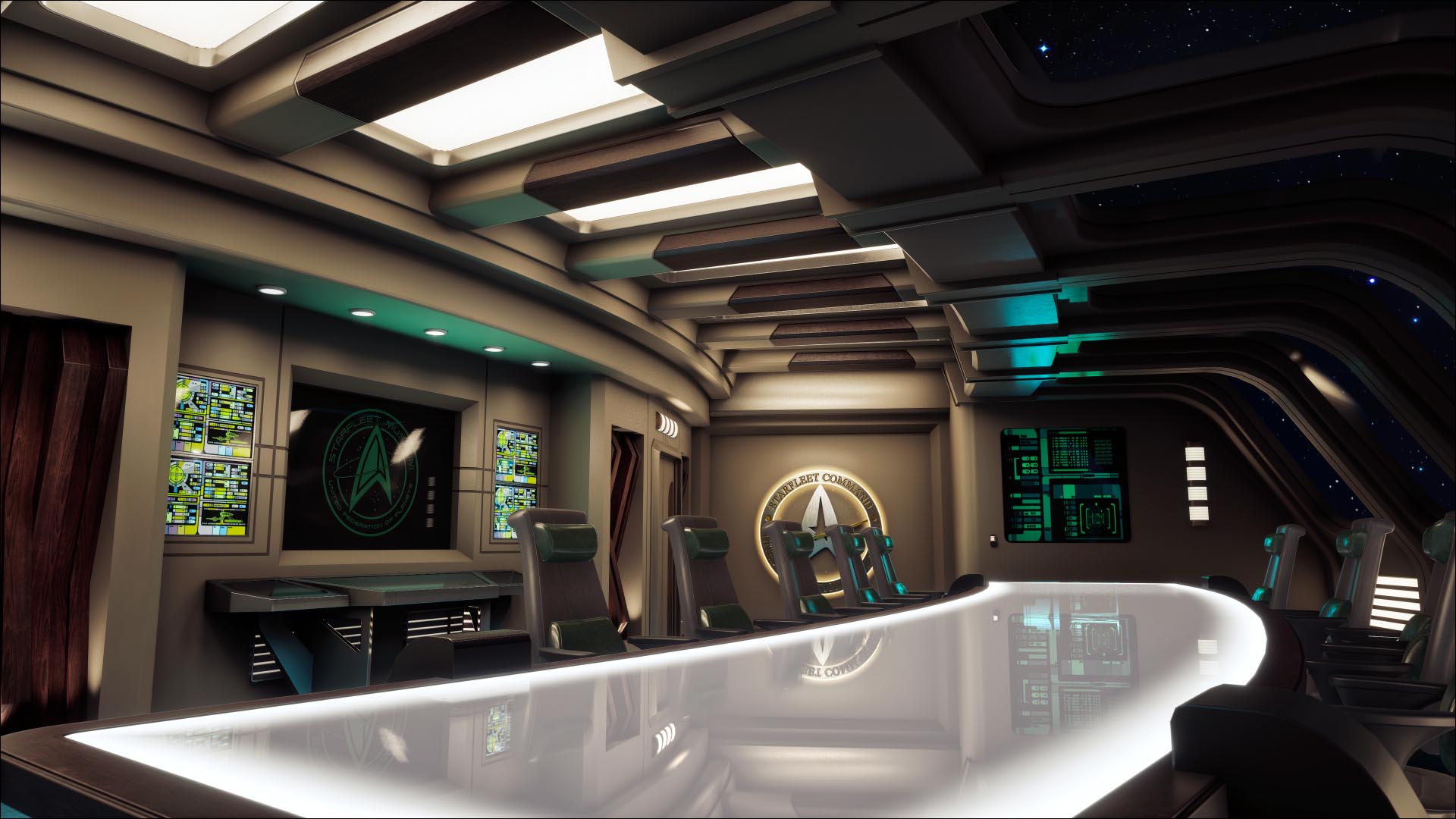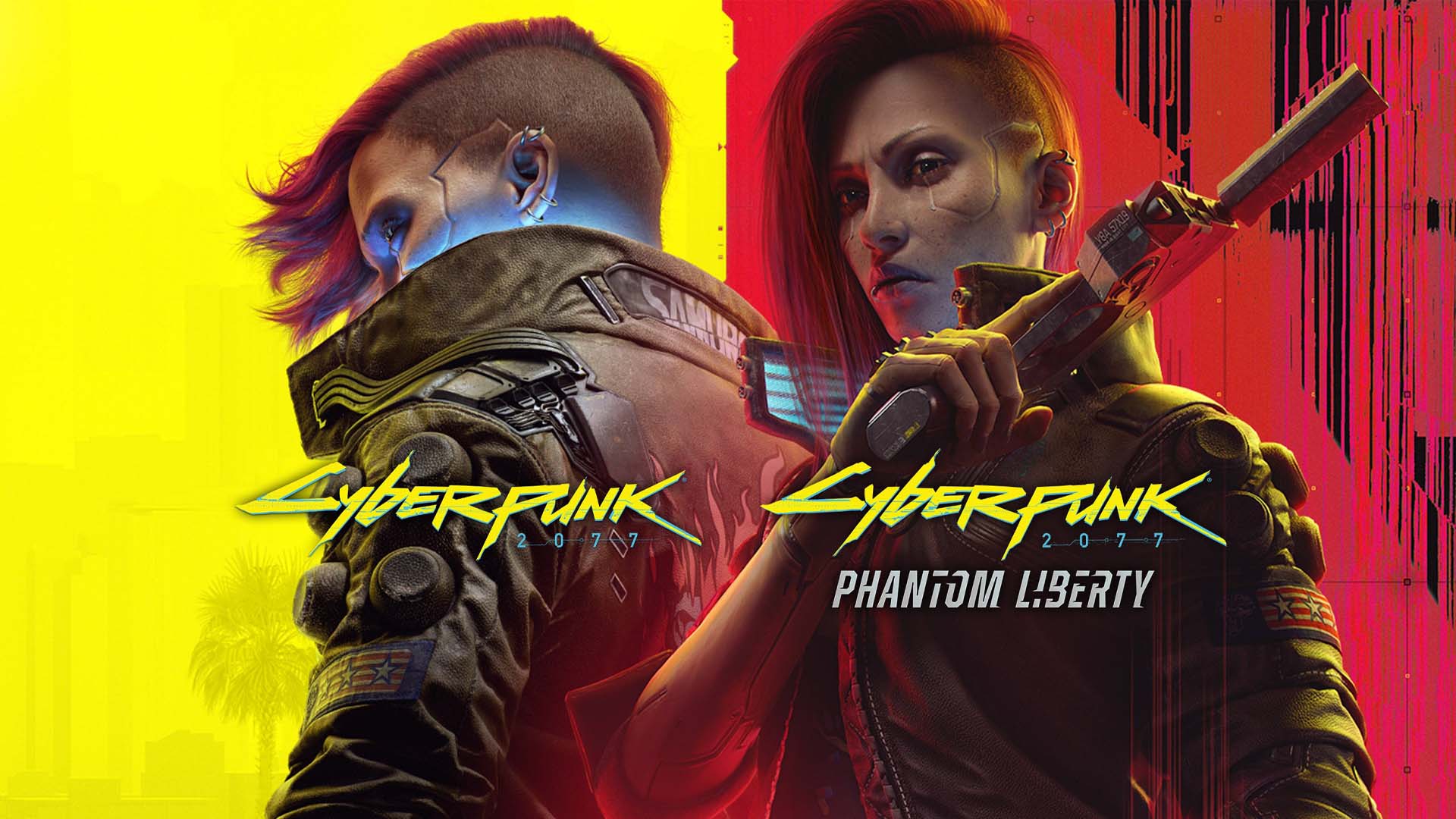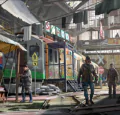Games have gotten bigger, more complex, and more detailed in every way imaginable. This has led to rising costs of development and huge expectations on developers, making it significantly harder to remain profitable off sales alone. Live services as a design choice has risen in popularity as a response.
When well executed players get more content in the game they love, can engage and pay for the elements that interest them, and developers can utilize these profits to continue to improve and expand the player experience. In this blog, we’d like to talk about the game design implications of choosing live service, what to consider for your game when including live services, and the challenges that arise from that choice.
Understanding Live Services in Gaming
For clarity, let’s establish what live services are in the context of game development. Live services or live service games are ones in which there is a continuous delivery of new and updated content. These can be in the form of new weapons, tools, and equipment for players, new events, adventures, or raids, or bigger expansion content in which the narrative of the game might move forward. A live service game is focused entirely on player retention through an evolving game experience. They are often heavily community and multiplayer focused, as that creates a far more usable base of content and engaging gameplay for these consistent updates.
Live services, as we’ve mentioned, are a more modern trend as the traditional game release sees something of a struggle. With games growing larger and studios becoming far more commercial and expansive, the focus on profit, profitability, and monetization grows along with them. Live services became a lucrative option for developers and publishers, allowing for further content and features to be monetized and sold to players further on. This has also given rise to a frustration among players, feeling more and more that games are being sold unfinished and then marketed to players after an unfulfilling launch. Or, that they will miss out on the game’s true experience if they don’t keep up with real-world monetary purchases. This is an important element that will be discussed later.
Key Game Design Choices for Live Services
There are a few key pieces that create a live service game that must be considered and balanced by any game developer. Let’s take a look at them here.
Content Updates
These are the core of live service games, the type of content updates and their frequency will heavily determine how successful your game will be. This is, of course, dependent on a satisfying and enjoyable core gameplay loop! Consider how often you will deploy your updates, how big they will be, and how sustainable that is for your team. Consider the variety of content you can deliver such as new levels or missions, new characters to play, new events to engage with, and major changes to the gameplay like a seasonal update.
Monetization Strategies
Many players get very cagey when this is mentioned but it is a holdover from predatory and aggressive monetization strategies that do not consider play engagement and satisfaction. Cosmetic and other microtransactions that do not impact gameplay are easy to accept. Power-ups and progression advantages are not something most players are likely to enjoy. In addition to these, consider subscription models. The common ones are battle passes or season passes, or “premium” memberships which grant access to a wider selection of these additional pieces of content or cosmetics.
Community Engagement
Most live service games are online and multiplayer focused. The social features and community engagement for both player to player and developer to player are invaluable to player retention. Your in-game chat function, guilds, and other cooperative and competitive modes must be well-designed and polished. This can be adjusted by gathering and genuinely analyzing player feedback. Not every player will make positive suggestions conducive to a better experience. However, on the whole, gathering large amounts of community input will give you the proper insight required to keep your community engaged.
Event Design
Events, of all shapes and sizes, are a great way to keep the gameplay fresh and to keep players engaged and returning. Think about time-limited events, collaborations with other brands or games, and holiday-themed content. Each will give your players a splash of new life. Of course, with these events, give proper incentives for players for participation. Nothing will keep players involved more than the promise of an actual reward and not just a throwaway trophy. Give the high achievers an additional bonus too, keep the competition alive and reward your most loyal players!
Balancing Game Design and Live Services
This is the bugbear you will find and the reason why many players might shy away from live service games. Many live services are designed with money in mind and not player experiences. You can push to make a profit but don’t sacrifice your gameplay in favor of it.
The balance in this type of game is ensuring your regular updates and evolving microtransactions do not disrupt the average player experience. Don’t lock players out because they don’t have as much money as another. Don’t make players work twice as hard as the one who can drop extra cash. These will alienate your average user. Focus on quality gameplay and the type of content that players will want to spend their money on. If your game is fun and enjoyable, players will naturally be inclined to spend more.
Finally, a challenge in game design is balancing the frequency of your updates and ensuring you’re maintaining your quality of content. This is not something that can be answered by anyone but your team. Be honest, be upfront, and create a timeline that you can achieve both quality and quantity without burning your team out.
Challenges and Solutions
Given the nature of updates and a focus on multiplayer, there also comes the technical challenges. A server-side authentication is necessary to stop any hackers or cheaters, something solid cybersecurity services can provide. But teams will also need to account for the technical limitations and resources required of managing your servers and rolling out bug fixes. QA services are invaluable in dishing out patches that don’t break any of your carefully established work.
Player retention and content fatigue are two significant challenges in game design for live service games. We’ve found the best method of keeping players engaged is a fun and attractive gameplay loop, which is easier said than done! Focus on making a game you’d like to play, that’s a good place the Magic Media developers always begin with. As for content fatigue, that is where your deployment pipeline and your community engagement can help. Maintain a good pace of development and listen to your community!
The Final Update on Live Service Game Design
We’ll no doubt see live service game design change and evolve with time. It is still quite a new and evolving method of monetization and development. As a summary, our development and game design teams always speak on the value of designing a game to simply be fun and entertaining first. Aim for the type of game you would have loved to play, then build on top of it for monetization. Players will quickly see through any title that puts money first.
If you’d like to discuss live services and game design with the Magic Media team, get in touch with us today! For any other needs, our global team of experts can provide any service for gaming, entertainment, and tech including full-cycle game development, game art production, game VFX, TV & film VFX, and much more.











